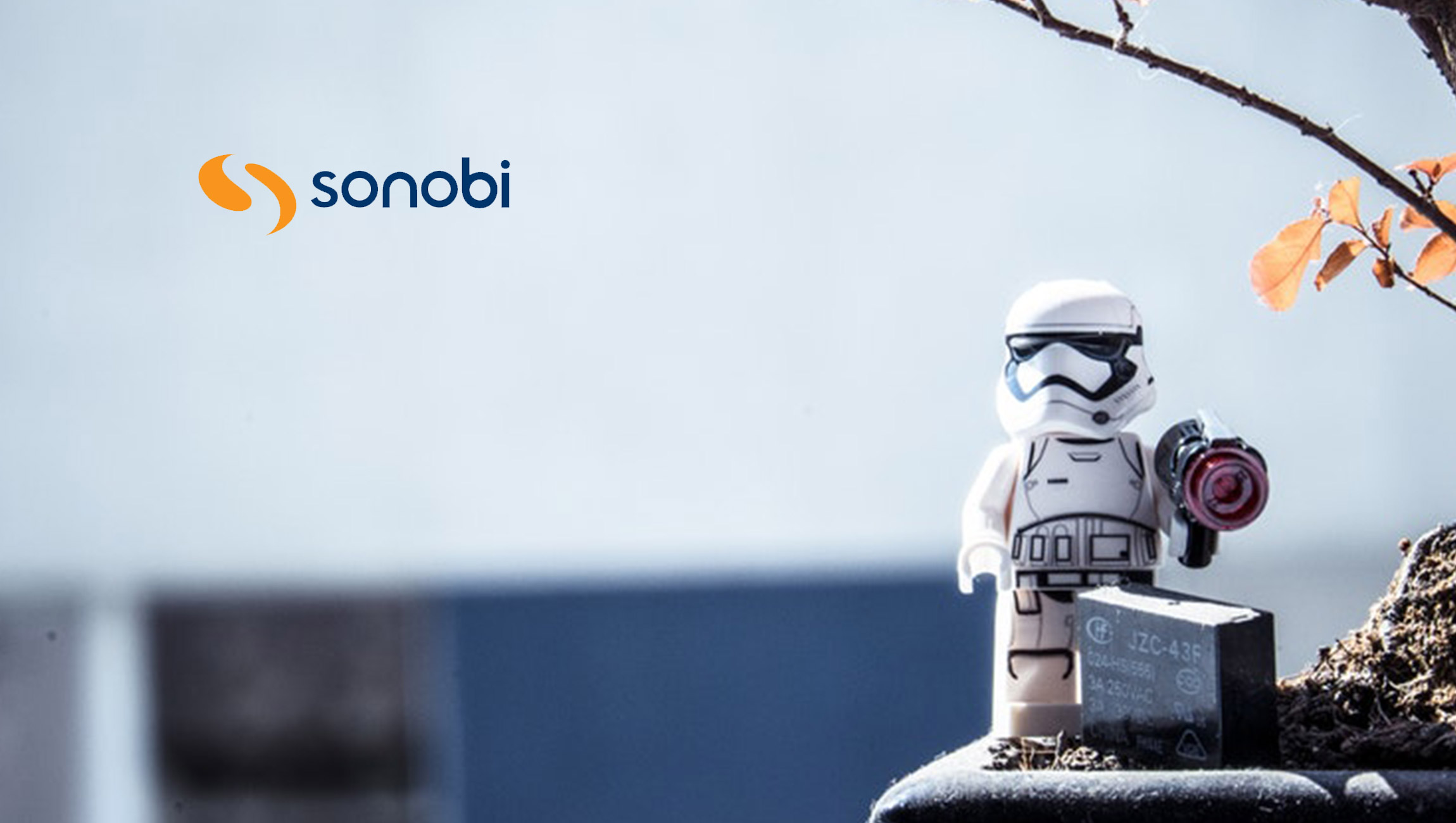In 2017, we witnessed numerous trends in social media marketing. Developments like Live feed, integrated video, and story features, and the growth of mobile ads created the biggest buzz. Lately, B2B companies are more involved in catering to the ideas of social media marketing technologies, since it delivers efficiently and has a wide outreach.
Here are five disruptive trends in social media marketing strategies that every marketer should know in 2018.
Mobile Chatbots
Chatbots have now being programmed to think, feel and act according to a customer’s requirements.
Marking 2018, a large number of Chatbots would be made available for business proposals and enterprises. A lot of careful thinking and implementation goes into making a Chatbot as approachable, sensible and fully functioning as possible. They can also be customized depending on the company/professional’s requirements.
Chatbots run on algorithms that use ‘Deep Learning’ where data is channeled into queries and solutions are delivered. According to a report, 50% of mobile phone users are aggressive social media users. Chatbots divert traffic to the right screens, helping marketers filter audiences and enabling target segmentation.
Also Read: 4 Pro Tips on How to Succeed with your Email Marketing Campaigns
Ephemeral content/blog
In the current scenario of visual stimulation, social media applications like Facebook and Instagram have developed their own mediums of transient content which is minimalistic and eye-grabbing. It is fast, inexpensive, and authentic. The content is then lost within a few hours, leading to the users developing FOMO (Fear Of Missing Out), acting quickly and helping the marketer achieve the desired result.
Social Listening Tools
Social Media Marketing has advanced with the advent of social listening. With the use of hashtags, trending topics, and search engines, companies can understand what makes their audience tick. This is done by researching specific brands, tags or product names which help companies create more engaging content. Social listening tools include brand monitoring and marketing insights, help address indirect complaints and target location-specific keywords. Social listening tools are not only about monitoring insights; they also actively engage in conversations about products and services.
Some examples include Spotify,Hootsuite, Buzzsumo,SproutSocial, Brandwatch, Conversocial, and Sprinklr.
Also Read: Ask Yourself, What’s Bringing Audiences to Your Website?
Micro Influencers
Influencers don’t always need to be very famous or have a million followers to be considered dependable. The concept of micro-influencers comes from apps like Instagram and Facebook where brands choose people to advocate their products while showcasing their experiences. In 2018, influencers shall continue being a large part of social media marketing trends. Marketers can calculate the ROI delivered by these influencers using certain software and digital metrics. The data is instrumental in working two ways; both for the micro influencer as well as the marketing enterprise.
AI and Image Recognition
The depth of knowledge and programming along with intensive analytics is what AI is all about. We often underestimate the power of a machine. The AI software along with mechanical vision software can be combined to create Image Recognition. Baidu, HubSpot, IBM and Salesforce are some examples of AI with Image Recognition. Image Recognition by Facebook is one such example. Other examples include Google Image Recognition, Amazon Rekognition, Clarifai, Ditto Labs, GumGum, LogoGrab amongst others.
Also Read: Decoding the B2B Purchasing Puzzle in 2018











